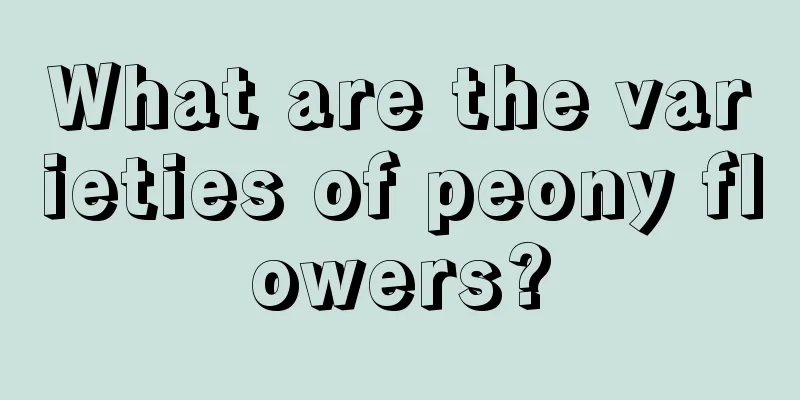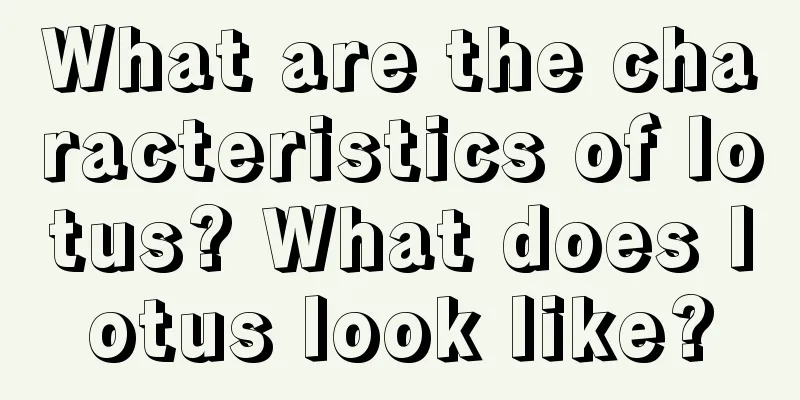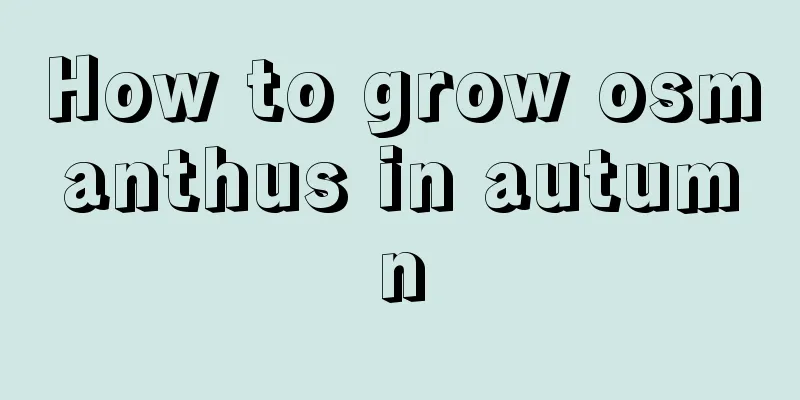What are the varieties of peony flowers?

ClassificationAccording to the layers of petalsTraditionally, peony varieties are divided into single-petal (layer) type, double-petal (layer) type, and thousand-petal (layer) type. There are six types of flower shapes: sunflower, lotus, rose, hemisphere, crown, and hydrangea (traditionally the crown and hydrangea shapes are called qilou). According to the shape of petalsWhere there is tradition, there must be innovation. After continuous exploration by scientific researchers, a new classification method has been compiled, which divides peonies into single-petal type, lotus type, chrysanthemum type, rose type, thousand-layer pavilion type, laurel type, golden ring type, crown type, hydrangea type, and pavilion type. Variety listSingle flap typeThere are 2-3 whorls of 10-15 petals, which are broad and flat. There are 200-300 stamens and 4-6 pistils. The stamens and pistils are normally developed and have strong fruit-bearing ability. This type of flower shape is represented by varieties such as "Opium Purple", "Pomegranate Red" and "Phoenix White". Lotus typeThere are 4-5 whorls of petals, 20-25 petals in total. The petals are broad, similar in shape and size, and clearly arranged. The pistils are normally developed and have strong fruit-bearing ability, but some varieties occasionally have the phenomenon of stamens or pistils stigma petalization. This type of flower shape is represented by varieties such as "Like Lotus", "Jinyun Red" and "Yuban White". Crown TypeThere are 2-5 rounds of outer petals, which are broad and flat. Most or all of the stamens have turned into small, curved petals. The petals are densely packed and tall, resembling a crown. The inner petals are arranged irregularly, with normal stamens or degenerate stamens often mixed between the petals, and anthers often remaining between the petals; the pistil is degenerate or petalized, and occasionally bears fruit. This type of flower shape is represented by varieties such as "Lantian Jade", "Hu Hong", "Yao Huang", "Shou'an Hong", etc. Hydrangea typeThe stamens are fully petalized, with the inner and outer petals being similar in shape and size, crowded and raised, and spherical; the pistils are basically or completely degenerate or petalized, and have no ability to bear fruit. This type of flower shape is represented by varieties such as "Bean Green", "Green Fragrance Ball" and "Snow Reflecting the Morning Glow". Chrysanthemum typeThere are more than 6 whorls of petals, which are similar in shape, arranged neatly, and clearly layered. They gradually become smaller from the outside to the inside, and are occasionally petalized. There are 5-11 pistils, which grow normally or degenerate and become smaller. Some varieties have petalized stigmas and have poor fruit-bearing ability. This type of flower shape is represented by varieties such as "Rose Red", "Smile in the Bush", "Silver and Red Clever Pair", and "Brocade Robe Red". Rose TypeThere are many rounds of petals, which gradually become smaller from the outside to the inside. Some of the stamens have become normal petals, while the pistils have degenerated and become smaller or petalized, and the fruit-bearing ability is poor. This type of flower shape is represented by varieties such as "Zi Er Qiao", "Wu Jin Yao Hui" and "Hong Xia Zheng Hui". Gold RingThere are 2-3 rows of outer petals, which are broad and flat. Some stamens in the center of the flower have transformed into narrow, upright large petals. There is a circle of normal stamens in the shape of a golden ring between the central petals and the outer petals. The pistil is normal or slightly petalized, and has poor fruit-bearing ability. This type of flower shape is very rare, represented by the varieties "Bai Tian'e", "Jun Yan Hong", "Fen Mian Tao Hua" and "Yu Mei Ren". Togui typeThere are 2-5 rounds of outer petals, which are broad and neat. Some stamens are transformed into slender petals. Anthers or traces of anthers often remain at the petal ends. Normal stamens are mixed between petals, arranged irregularly and sparsely. The pistils are normal or slightly petalized, and have strong fruit-bearing ability. This type of flower shape is represented by varieties such as "Lady's Dress", "Jiaohong", "Fairy E", and "Three Changes of Jade". Tower typeThe stamens of the lower flowers are more fully petalized, similar in shape to normal petals, and the pistil petals are transformed into normal petals or colorful petals; the petals of the upper flowers are slightly larger and fewer in number, and the stamens are basically all petalized or degenerate; the pistil petals are transformed into normal petals or colorful petals, and in some varieties they degenerate and disappear. This type of flower shape is represented by varieties such as "Red Dragon Radiant Color", "Shengdanlu", "Yulou Diancui" and "Zi Chonglou". Thousand-layer terrace typeThere are more than 4 petals below, which are arranged neatly and similar in shape, without stamens or degenerate stamens between petals. The stamens are normal but few in number, or occasionally petalized, and the pistils are degenerate and smaller or petalized; the upper petals are few in number, flat or upright, the stamens are few in number and smaller, and the pistils are degenerate and smaller or petalized. This type of flower shape is represented by varieties such as "Linghua Zhanlu", "Zhihong" and "Shouxinghong". |
>>: Cultivation methods and precautions of Viburnum
Recommend
Side effects and contraindications of honeysuckle, functions of honeysuckle
1. Side effects and contraindications 1. Do not d...
What fertilizer to use for Clivia
Clivia is one of the more common flowers in my co...
How to propagate tiger pineapple
sowing First of all, we have to talk about the mo...
Jerusalem artichoke likes the sun or the shade. Do plants prefer shady and dark places?
Does Jerusalem artichoke prefer shade or sun? Jer...
What fertilizer is best for roses?
Fertilizing roses Roses like fertilizer and need ...
Water and Fertilizer Management of Magnolia
Water Management in Magnolia Magnolia likes moist...
When is the best time to prune bonsai red maple?
The role of pruning bonsai red maple The red mapl...
Ginseng fruit planting time and method
Ginseng fruit planting time Ginseng fruit is gene...
How to grow the lucky flower
1. Breeding methods 1. Light: Lucky flower is a p...
Complete list of nail orchid varieties
Henna multiflora As the name suggests, the multi-...
How to grow durian in autumn
1. Fertilization It has already consumed a lot of...
In which month is cabbage usually planted?
Cabbage is one of the common vegetables in our li...
How to cultivate the fortune tree
1. Soil The money tree prefers soil that contains...
What flowers are suitable for growing in Yingkou? What are the city flowers and trees?
1. Climate characteristics of Yingkou Yingkou has...
How to raise Isuzu jade in autumn
1. Lighting Isuzu jade prefers sunlight, and a pl...









